In 2025, AI-generated phishing has emerged as the single greatest enterprise threat — and it’s evolving faster than the defenses built to stop it. Recently, PhishReaper.ai uncovered and neutralized hundreds of Microsoft-themed phishing websites that had successfully evaded every other global security vendor.
This discovery exposed something alarming: the industry’s current detection systems are fundamentally reactive — they can only respond to what’s already caused harm. PhishReaper operates months ahead of the curve, identifying malicious infrastructure before campaigns are even armed.
The Growing Blind Spot in Traditional Security
Today’s phishing ecosystem is driven by AI-generated deception. Attackers are using generative models to craft flawless, context-aware lures that imitate real business correspondence — with perfect grammar, personalization, and tone.
Meanwhile, defenders still depend on systems that only recognize known indicators of compromise (IOCs). The result? A widening gap between attack innovation and defense detection.
Even Microsoft’s own data confirms that traditional email security — including Secure Email Gateways (SEGs) and ICES products — adds less than 0.5% incremental protection when layered on top of Microsoft Defender for Office 365.
This means that almost all AI-generated phishing can slip through the filters organizations trust most.
Why Conventional Defenses Fail
Legacy defenses are built on a reactive foundation:
-
They depend on known threat signatures and blacklists.
-
They only detect once a phishing site is live and has already caused harm.
-
They cannot interpret intent — only patterns that match historical data.
But AI-generated phishing is polymorphic and adaptive — no two payloads are the same, and there’s no “known bad” pattern to match.
That’s why PhishReaper was built — not to wait for proof of damage, but to hunt the infrastructure itself.
The Hunter in the Storm: How PhishReaper Works
PhishReaper’s autonomous AI agents continuously crawl the web’s hidden corners — from newly registered domains to malicious hosting clusters and dark web infrastructure markets.
Instead of waiting for a phishing URL to become active, PhishReaper detects at the infrastructure setup and campaign pre-arming stages, often months before attacks launch.
This early visibility means:
-
SOC and MSSP teams can dismantle campaigns before they go live.
-
Enterprises can block entire attacker ecosystems instead of single URLs.
-
Brand protection teams can safeguard reputation proactively.
Beyond URL Detection: Intent-Level Analysis
PhishReaper doesn’t just classify sites as malicious or benign — it understands why they exist.
Its LLM-powered intent engine analyzes:
-
Target brand and industry
-
Hosting and infrastructure lineage
-
Threat actor patterns
-
Behavioral and linguistic signals
This intent-level detection allows PhishReaper to uncover phishing-as-a-service (PhaaS) operations that would remain invisible to any rule-based or feed-driven system.
Comparative Detection Landscape
| Detection Capability | Basic Feeds | Advanced Threat Intel | PhishReaper.ai |
|---|---|---|---|
| Core Technology | Automated scanning + user reports | Human analysts + enrichment tools | Autonomous AI agents + LLM intent analysis |
| Threat Intel Depth | IOC lists | Campaign and actor profiles | Intent, brand, infrastructure, behavioral pattern |
| Detection Focus | Reactive | Reactive & Investigative | Proactive & Pre-emptive |
| Exclusive Catch Rate | Very Low | Low–Moderate | 60–70% Exclusive |
| False Positive Rate | ~1% | ~0.2% | ≤0.01% |
The 60–70% Exclusive Catch Rate
PhishReaper’s discovery of undetected Microsoft phishing campaigns revealed an exclusive detection rate of 60–70% — meaning most of its detections are unseen by every other security vendor. This is not incremental improvement. This is a new paradigm — where detection occurs before a campaign is even armed.
From Signature-Based to Behavior-Based Defense
The cybersecurity industry is witnessing a generational shift. Static, rule-based detection is giving way to behavioral and intent-based defense — and phishing is the next frontier. AI-generated phishing doesn’t need to repeat itself, but its intent never changes. PhishReaper reads that intent like a blueprint, revealing entire campaigns long before they activate.
The AI vs. AI Arms Race
Attackers and defenders now fight on the same battlefield: AI vs. AI. While traditional systems analyze payloads, PhishReaper hunts ecosystems — tracing attacker infrastructure before any email is sent. This is the strategic advantage of autonomous AI defense: it detects threats at birth, not aftermath.
Strategic Imperatives for 2025 and Beyond
Organizations serious about pre-emptive defense should:
-
Adopt AI-powered hunting alongside traditional SEGs.
-
Prioritize intent and behavior detection over signature matching.
-
Implement real-time visibility into pre-live phishing infrastructure.
-
Integrate autonomous threat intelligence for early intervention.
A New Era in Phishing Defense
The discovery of hundreds of undetected Microsoft phishing sites by PhishReaper marks a turning point in cyber defense.
It proves that the old model — waiting for harm, then reacting — is broken.
PhishReaper represents what’s next:
-
Autonomous threat hunting powered by AI
-
Pre-armed detection months ahead of attacks
-
Ultra-low false positives with deep contextual understanding
The revolution in phishing detection has already begun, and it belongs to those who can see what others cannot.
PhishReaper.ai — Detecting the storm before it forms.


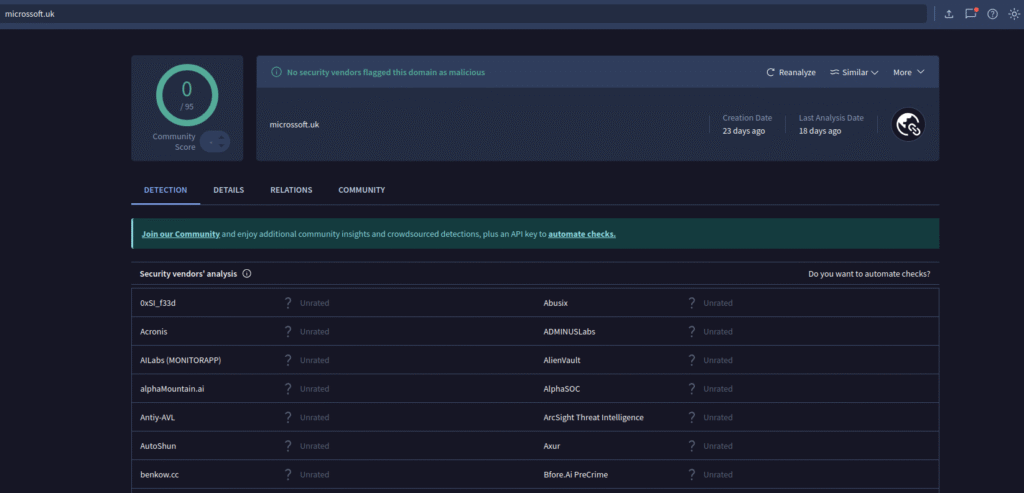
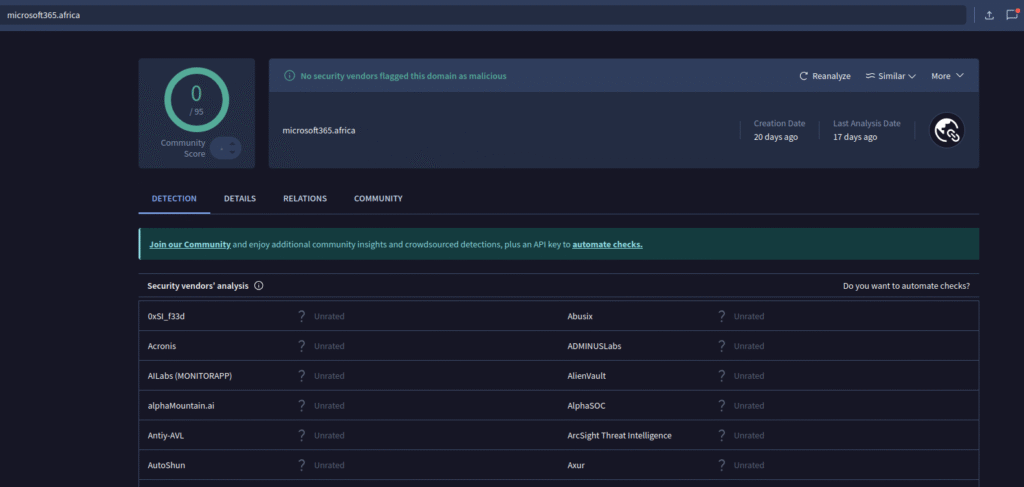
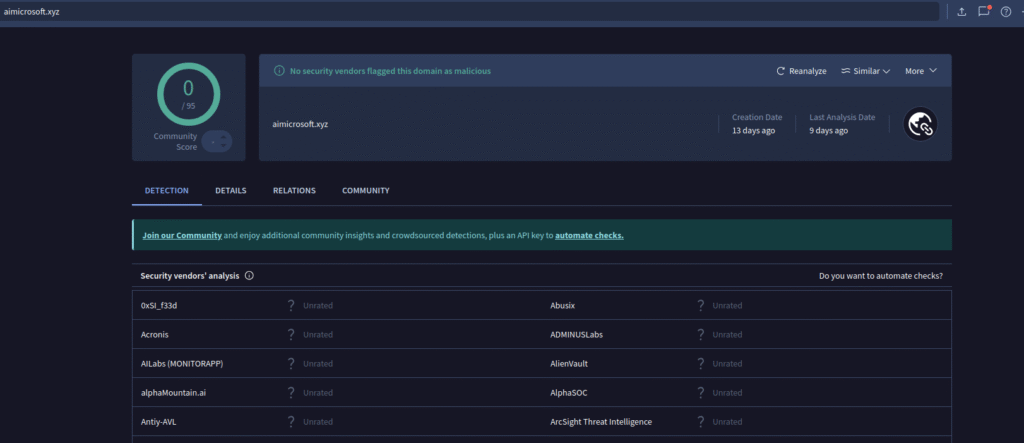
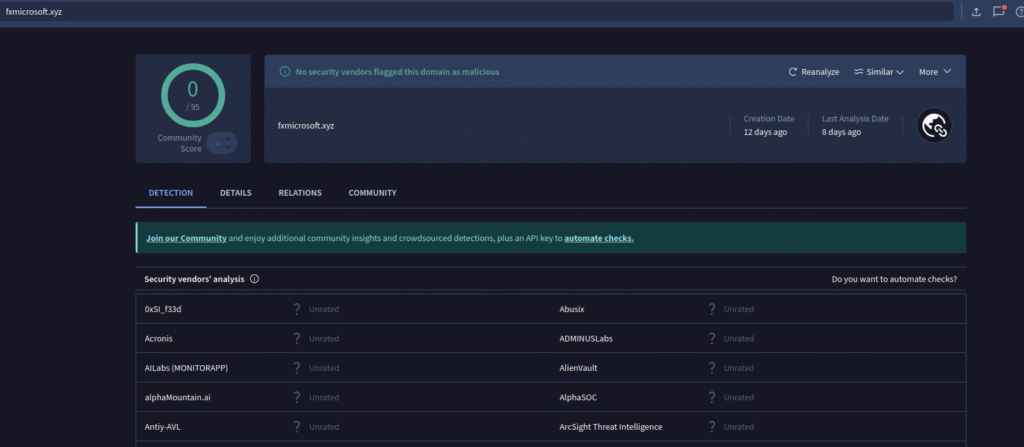
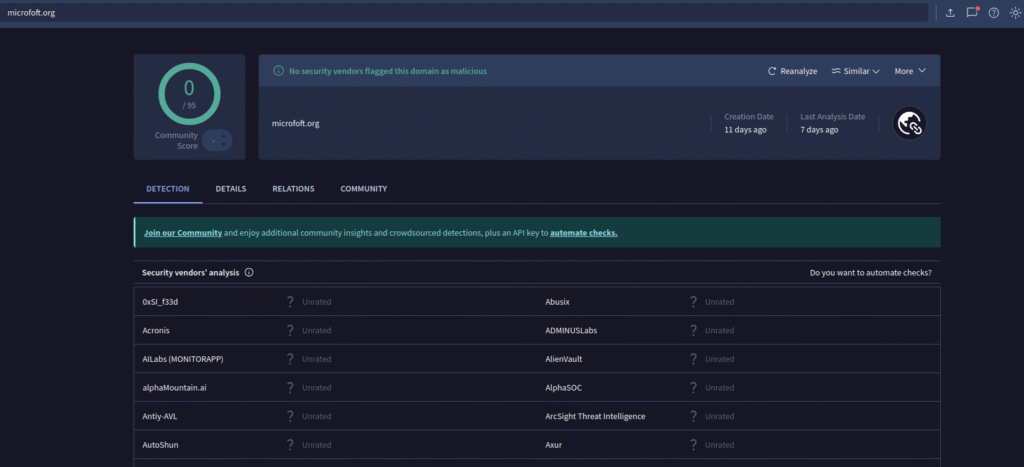
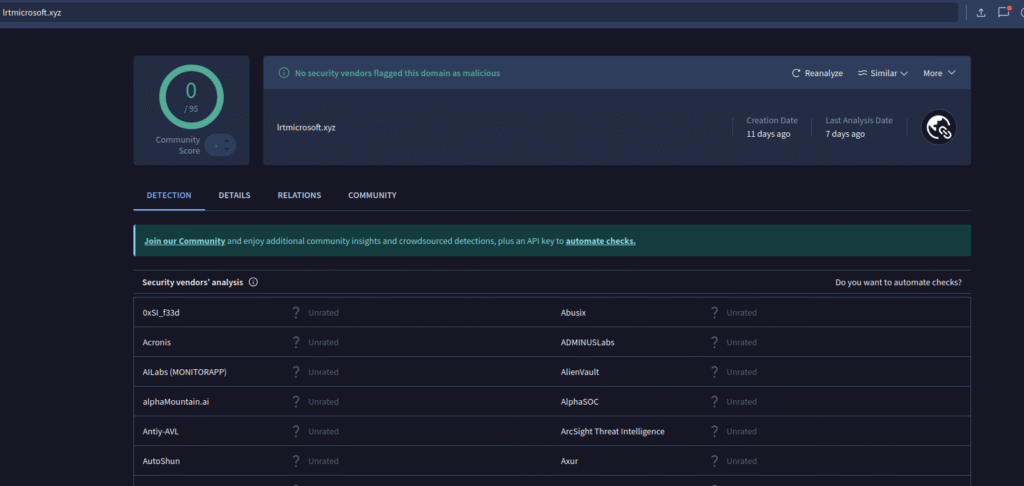
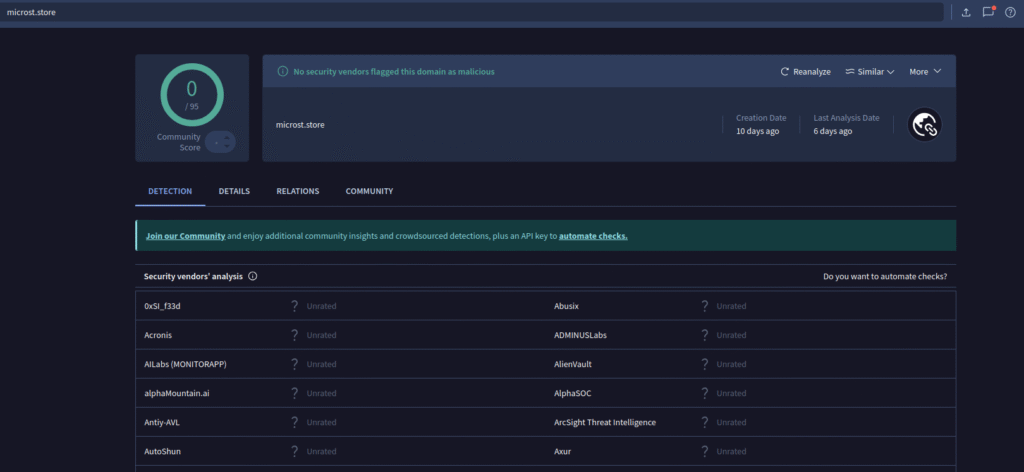
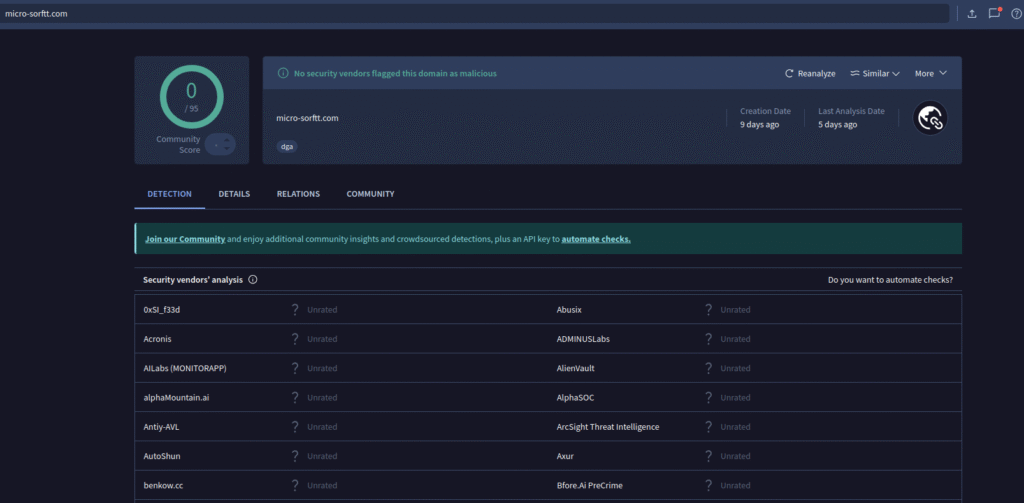
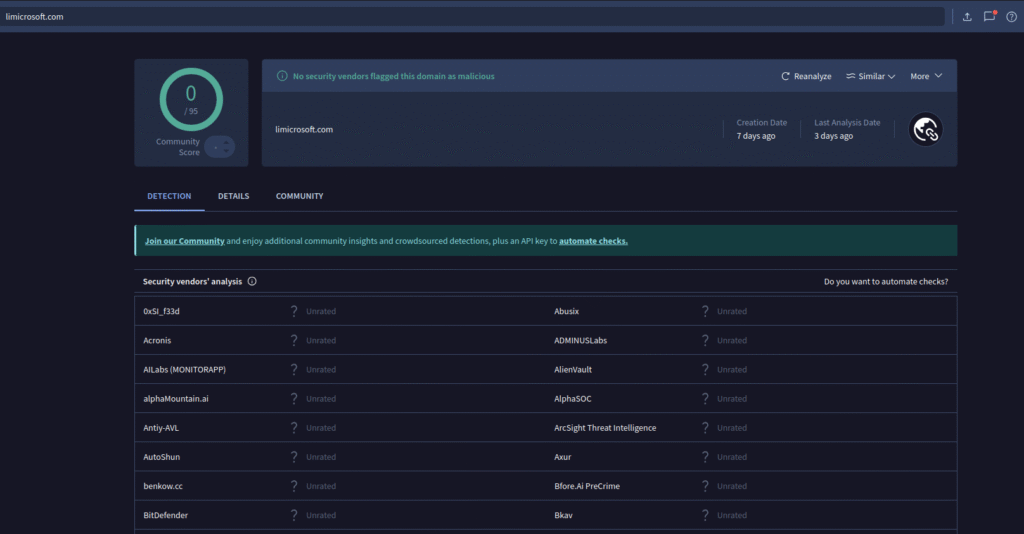
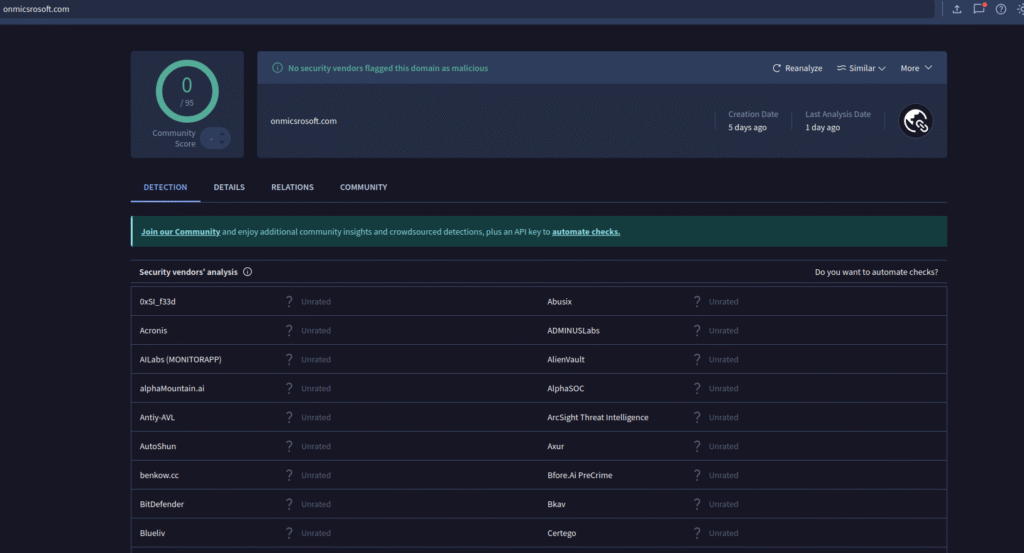
Leave a Reply